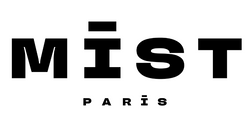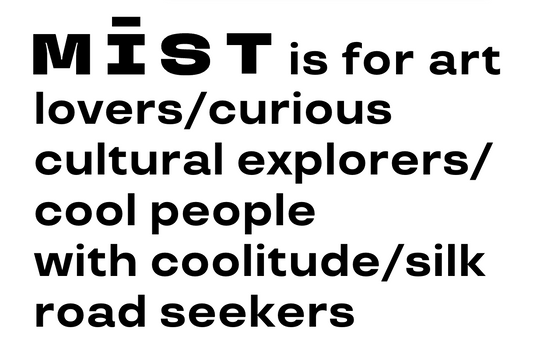The Installation: Bamboo Tree
At the heart of this exhibition stands Bamboo Tree, a sculptural work that transforms bamboo into a living philosophy of growth and connection. The installation begins with a single bamboo strip, which then multiplies into tens of thousands of finely split threads. These delicate elements, each only two millimeters by two millimeters in cross-section, are woven together by hand to create a form of striking presence. What emerges are not just shapes of bamboo, but three bamboo trees of around two to three meters in height that embody both the physical vitality and the metaphysical essence of life.
The inspiration comes from Chapter 42 of Laozi’s Tao Te Ching: “The Dao produces One; One produces Two; Two produces Three; Three produces all things.” For Guo Hang, the number three immediately became central. From one strip of bamboo to countless filaments, and finally to three trees, the work represents a process of becoming, a journey from the singular to the infinite. These are not three isolated sculptures, but a shared life system. Just as in a bamboo grove, where underground rhizomes connect every stalk, delivering nutrients and sustaining collective growth, the three bamboo trees stand as one interconnected body. They embody the philosophy that true strength lies not in isolation but in mutual reliance and harmony.

Structurally, Bamboo Tree is a triumph of traditional craftsmanship and material ingenuity. No steel or concrete is hidden inside its frame. Instead, the piece relies entirely on the inherent properties of bamboo and the precision of hand-splitting techniques. Each strip retains the continuity of bamboo fibers, ensuring both strength and flexibility. The trunk of each tree is tightly woven in a linear pattern, suggesting stability and upward growth, while the roots and leaves expand outward through freeform weaving, creating an impression of natural spontaneity. This contrast between order and disorder, between structure and openness, generates a visual tension that mirrors the dual nature of bamboo itself: supple yet strong, humble yet unyielding.
The installation does more than present a static form. Bamboo, by its nature, is alive to time. Exposure to air, light, and touch gradually alters its surface, producing subtle variations in color and texture. Each viewer who approaches or interacts with the work becomes part of its transformation.

Over time, the bamboo trees radiate a deeper beauty, glowing with what the artist describes as a “quiet brilliance in the river of time.” In this way, Bamboo Tree is not only a sculptural installation but also a living organism, continuously shaped by the presence of nature and people alike.
From Roots to Vision: Guo Hang and Bamboo
Bamboo is more than a material; it is a philosophy of life. Natural, renewable, and sustainable, it carries the spiritual essence of Eastern civilization: an outlook that values harmony, coexistence, and inner transcendence. Its qualities of strength, resilience, and regeneration embody the continuous process of life itself, where matter, craftsmanship, and thought merge into new forms. It is this profound symbolism that inspired artist Guo Hang to devote his practice entirely to bamboo.

Born in Luoyang and now based in Hangzhou, Guo Hang is the founder of onebamboo and Director of the onebamboo Museum. For more than a decade he has immersed himself in bamboo art and design. In 2012, guided by his mentor Gao Yang, he embarked on a cultural journey through the Jin regions, collecting folk bamboo artifacts and retracing the threads of traditional craftsmanship. This experience shaped his vision of bamboo not only as a material but as a living philosophy. His work today spans contemporary art, architecture, home design, and education, always rooted in the belief that bamboo can bridge tradition and modernity.

Through onebamboo, the creative collective he established, Guo Hang brings together young artists and designers who share this vision. They retell bamboo’s story through contemporary artistic expression, transform it into architectural forms and everyday objects that highlight its unique properties, and promote a lifestyle grounded in simplicity, resilience, and harmony with nature. By weaving these approaches together, onebamboo reconnects bamboo with both time and space, turning it into a cultural bridge that links heritage and modern living.

If you are interested in acquiring works by Guo Hang or in commissioning him for large-scale artistic installations in your space, please contact us directly. We would be delighted to connect you with the artist and explore possibilities for collaboration.



